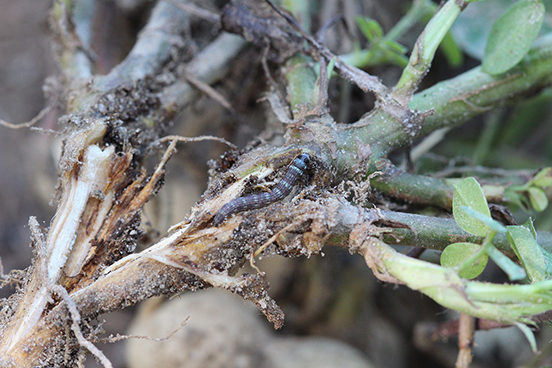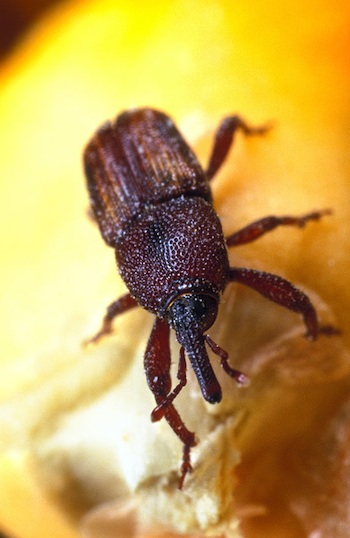 CAES News
CAES News
Maize Weevil
A small weevil that lives inside corn kernels is costing Georgia growers millions of dollars each year. A University of Georgia scientist has teamed up with farmers and county Extension agents to put a stop to the maize weevil, the No. 1 insect pest of stored corn.

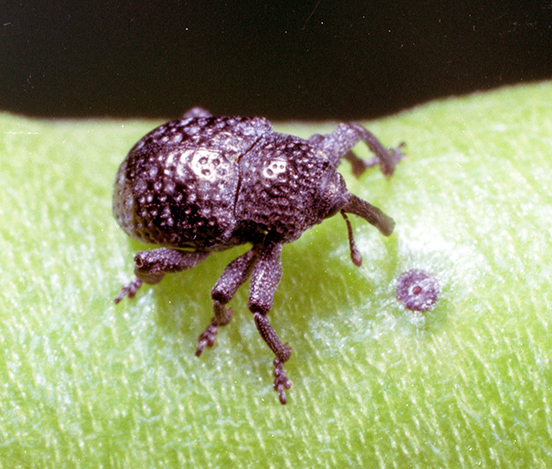
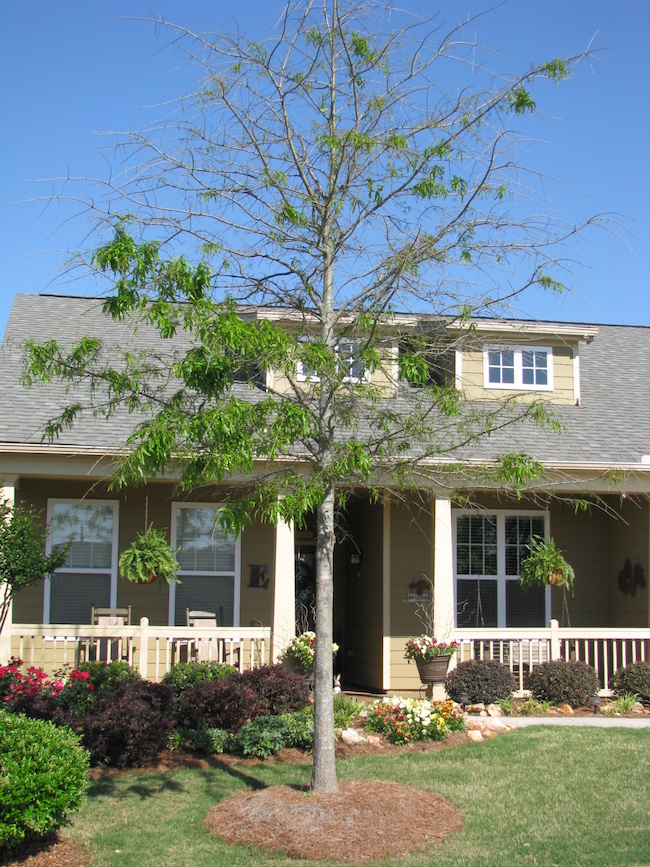
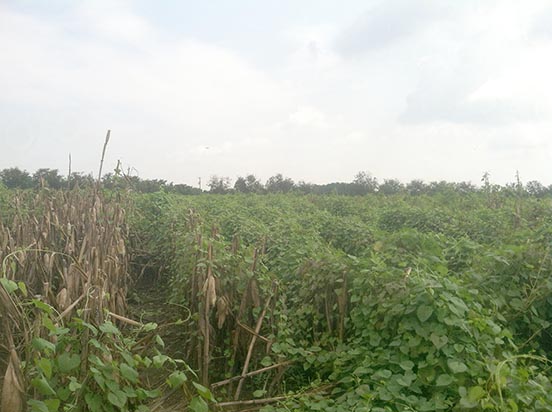
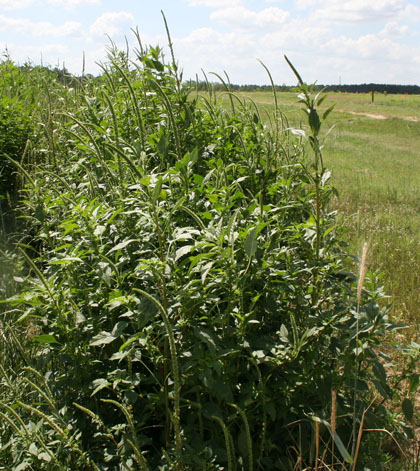

.jpg)
